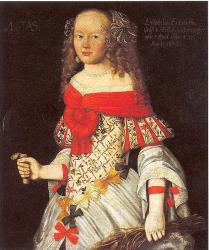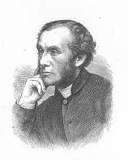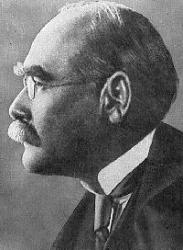
1640 - 1672 Person Name: Countess Emilia Juliana Author of "Who knows how near my end may be?" in Book of Worship with Hymns and Tunes Ludämilia Elisabeth, second daughter of Count Ludwig Gunther I. of Schwarzburg-Rudolstadt, was born April 7, 1640, at the castle of Heidecksburg, near Rudolstadt, and was educated there along with her cousin Emilie Juliane (q.v.). In 1665 she went with her mother to the dowager castle of Friedensburg near Leutenberg; but after her mother's death, in 1670, she returned to Rudolstadt, where, on Dec. 20, 1671, she was formally betrothed to Count Christian Wilhelm of Schwarzburg-Sondershausen. At this time measles was raging in the district, and her eldest sister, Sophie Juliane, was seized, and died Feb. 14, 1672. By attending on her, Ludämilia and the youngest sister, Christiane Magdalene, caught the infection, and both died at Rudolstadt on March 12,1672. (Koch, iv. 50-56; Allgemeine Deutsche Biographie xix. 365-367, &c.)
She received a careful and pious training, was a good Latin scholar, and well read in divinity and other branches of learning. Her hymns show her to have been of a deeply pious nature, and of intense love to Jesus. They were composed rather for her own edification than for use in public worship. Ten of them were included in the Budolstadt Gesang-Buch, 1682. They, were collected, to the number of 206, and edited by her cousin Emilie (probably assisted by A. Fritsch) as Die Stimme der Freundin, das ist: Geistliche Lieder welche, aus brünstiger und biss ans Ende beharrter Jesus Liebe verfertiget und gebraucht, &c. Rudolstadt, 1687. This was reprinted, with an introduction by W. Thilo, at Stuttgart, 1856.
Three of those hymns have been translated viz.:—
i. Jesus, Jesus, nichts als Jesus. [Love to Christ] 1687, No. 104, p. 312, in 5 st. of 6 1., entitled “Resignation to the Will of God." The initials of the stanzas form the word Jesus, and each stanza ends, "Herr, wie du willt." It seems to have appeared in the 2nd edition of A. Fritsch's Jesus Lieder (not in the first edition of 1668. No copy of the 2nd edition is now known), and in the 3rd edition, Jena, 1675, is No. 43, Rambach, iii. 188, gives it from the Vermehrtes Gesang-Büchlein, Halberstadt, 1673. In the Berlin Geistliche Lieder, ed. 1863. The translation in common use is :__
Jesus, Jesus, Jesus only. In full, by A. Crull, as No. 282 in the Ohio Lutheran Hymnal, 1880.
Other translations are :—(1) "Jesus, Jesus, nought but Jesus, Shall my wish and," in the Supplement to German Psal., ed. 1765, p. 11. (2) "Jesus, 'tis my aim divine," by Miss Dunn, 1857, p. 107. (3) “ 'Tis Jesus that's my sole desire," by Dr. G. Walker, 1860, p. 92. (4) "Jesus, Jesus, naught but Jesus, Can my," by R. Massie, in the British Herald, July, 1865, p. 103, and in Reid's Praise Book, 1872, No. 393. (5) "Jesus, Jesus, nought but Jesus, Shall my wish be," in Cantica Sanctorum, 1880, No. 97.
ii. Jesu Blut komm über mich. [Holy Communion.] A Passiontide Hymn on the Blood of Jesus. 1687, p. 45, No. 14, in 8 st. In the Blätter für Hymnologie, 1886, p. 180, it is cited as in the 2nd ed., 1679, of A. Fritsch's Himmels-Lust (1st ed., 1670, does not contain it); and as there marked "S. J. G. Z. S. V. H.," the initials of the elder sister, Sophie Juliane.
Translated as:-—"Jesus' Blood come over me," as No. 448, in pt. i. of the Moravian Hymn Book, 1754.
iii. Sorge, Vater! sorge du. [Morning.] 1687, No. 168, in 7 st., entitled "On Resignation to the Care of God," and founded on 1 Peter v. 7. Previously in the Rudolstadt Gesang-Buch,1682, p. 692.
Translated as:—"Care, O Father, care for me," in the Monthly Packet, xiv., 1872, p. 211. [Rev. James Mearns, M.A.]
--John Julian, Dictionary of Hymnology (1907)
Ludämiliä Elisabeth Schwarzburg-Rudolstadt



